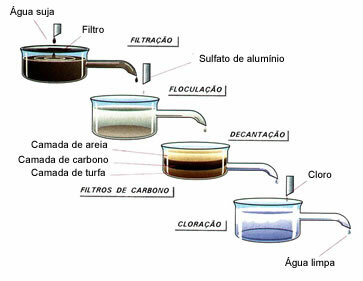Radicals in Organic Chemistry are sets of atoms linked together and that have one or more free electrons (free valences). Appropriately named after organic radicals, in these compounds, a carbon has an unpaired electron. If we apply this concept to the theory of orbitals, this electron would be alone in an orbital.
How do free radicals arise?
The covalent bond between carbon and hydrogen gives rise to hydrocarbons. The homolytic rupture of this link is what gives rise to free radicals, see the reaction:
The equation above represents the splitting (breaking) of bonds and consequent formation of the •CH3 radical.
It is important to emphasize that a Radical is a group of electronically neutral atoms. They arise from the homolytic splitting of covalent bonds and occur without loss or gain of electrons.
If heterolytic cleavage occurred, the product would not be a radical, but ions with a positive charge (cations) or a negative charge (anions). The unpaired hydrogen would be represented as H+ and not as • H.
Conclusion: the breaking of bonds in Organic Chemistry gives rise to organic radicals, generically represented by R ―.
By Líria Alves
Graduated in Chemistry
Brazil School Team
See more!
Properties of organic compounds
Do not stop now... There's more after the advertising ;)
Organic chemistry - Chemistry - Brazil School
Would you like to reference this text in a school or academic work? Look:
SOUZA, Líria Alves de. "Radicals in Organic Chemistry"; Brazil School. Available in: https://brasilescola.uol.com.br/quimica/radicais-quimica-organica.htm. Accessed on June 28, 2021.



